For a variety of reasons, it’s sometimes necessary to cut through surfaces or structures made from concrete or reinforced concrete. When performed correctly, this type of work can prove critical to the timely completion of a personal or commercial project. However, poorly done concrete cutting can lead to a serious waste of both time and money. Here are some crucial tips to help cutting jobs go as smoothly as possible.
Choose the Right Tool for the Job
For the sake of accuracy, efficiency and safety, all concrete cutting should be done with a specialized saw, not tools designed for other uses. There are two primary types of these saws:
- Slab saws, which make cuts in horizontal surfaces
- Wall saws, which make cuts in angled and vertical surfaces
Wall saws differ from slab saws in one important respect. To ensure accurate cutting and worksite safety, these saws ride on metal tracks and are remotely guided by an operator based on the ground.
There are several subtypes of slab saws and wall saws. Floor-mounted slab saws work best for larger jobs performed in spaces with plenty of room for maneuvering. On the other hand, hand-mounted versions of these tools work better when working in tight quarters. Slab and wall saws also come in the form of “wet” saws. During operation, these models use a continual stream of water to control dust and make it easier to see the intended cut lines.
Pay Attention to Your Saw Blades
For their concrete-cutting power, most slab saws and wall saws rely on circular blades tipped with super-hard industrial diamonds. Any attempt to make a cut with another type of blade can potentially lead to inaccurate results and equipment damage. Damage can also occur as a result of using a dull blade. In addition, use of a dull blade increases the likelihood that a saw will fracture concrete instead of cutting it smoothly. To avoid these possibilities, carry multiple blades for each job. Another important thing to note is that the diamond-tipped blades used on wet saws differ from the blades used for dry cutting. Only perform wet cuts with a blade intended for that purpose.
Know What’s Buried in the Concrete
The concrete used for weight-bearing surfaces and structures is often embedded with metal rebar. In addition, any given structure or surface may contain some form of embedded wiring or piping. As a rule, it’s dangerous to cut through concrete without knowing what may lie underneath the visible surface.
Whenever possible, gather all relevant information before beginning work. When this kind of information isn’t available, make sure to use a saw and saw blade capable of cutting through whatever obstacles you may encounter. Typically, this means cutting with a diamond-tipped blade rather than a blade designed for use in lighter concrete work.
Use Trained Personnel
Concrete saws are not general-use worksite tools. While an untrained person can probably start a saw and make basic cuts, reliance on someone without the proper training and experience greatly increases the risks for poor quality work that fails to meet acceptable standards for accuracy. Just as importantly, reliance on untrained personnel drastically boosts the risks for worksite accidents. If your crew doesn’t include an experienced saw operator, you should seriously consider taking the time and effort to hire a third-party expert.
Take Safety Precautions
Operation of a concrete saw inevitably comes with a risk for serious injuries to yourself or others. Proper attire for someone working in close proximity to a saw includes:
- Steel-toed boots for foot protection
- Safety-goggles for eye protection
- Ear headsets or plugs for hearing protection
- Heavy-duty gloves for hand protection
- A respirator or dust mask for airway and lung protection
In addition, anyone working near a concrete saw should remain alert at all times and note changes in working conditions. Inattention on the worksite significantly magnifies the odds that a minor or major mishap will occur.
You Can Rely on Garrett Concrete
The professionals at Garrett Concrete have been in the concrete cutting, coring, and removal business for nearly four decades. Garrett’s highly-experienced employees are experts at their trade and always strictly follow procedure for cutting safely and efficiently. Give Garrett Concrete Cutting & Coring a call today!
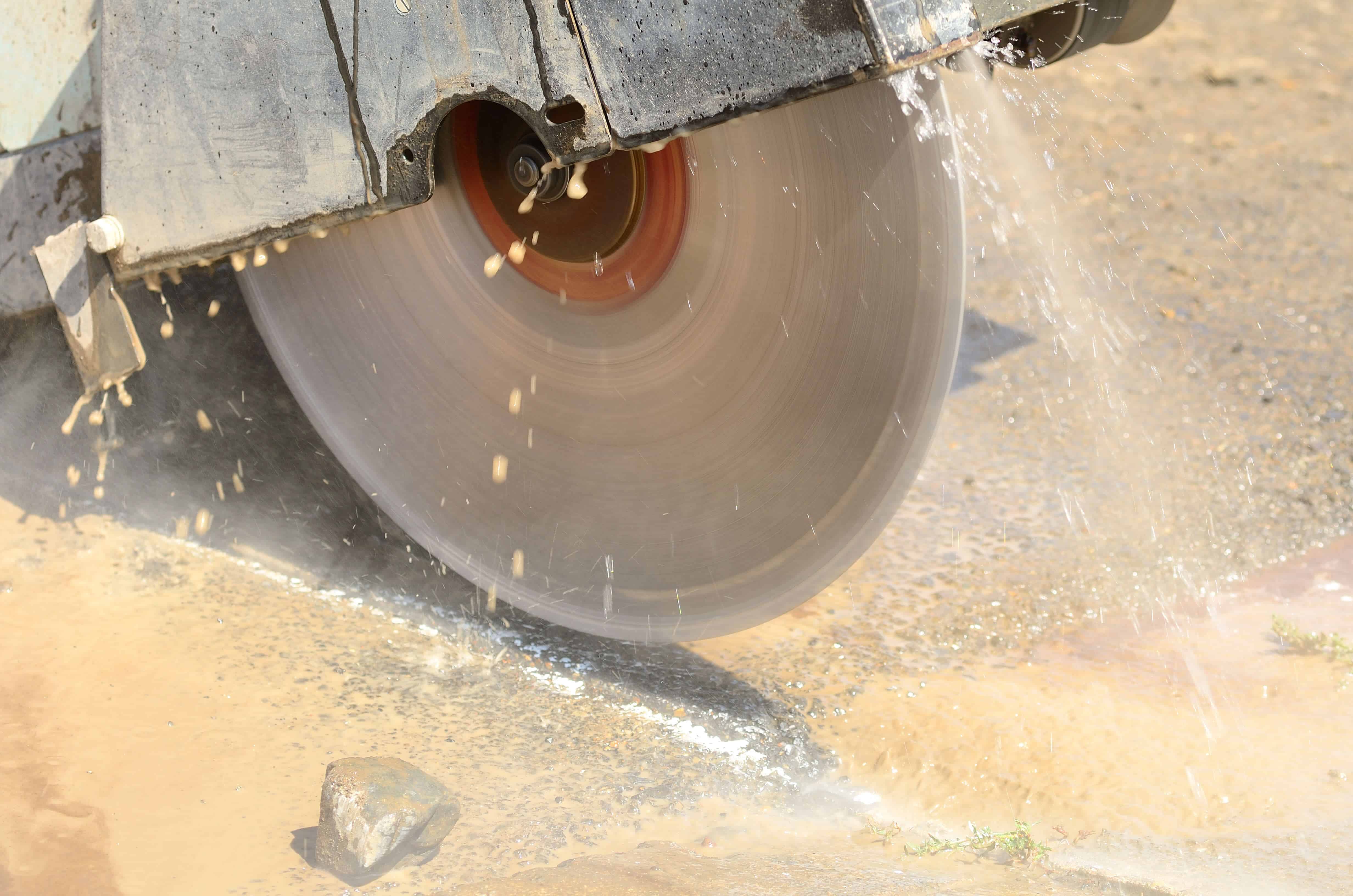
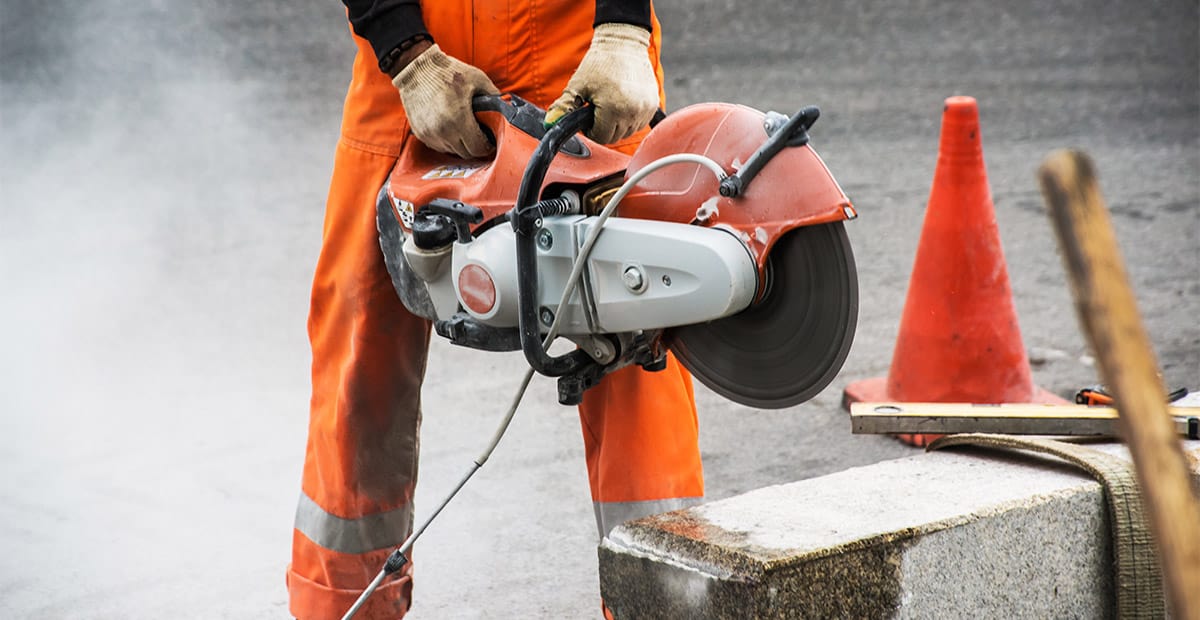
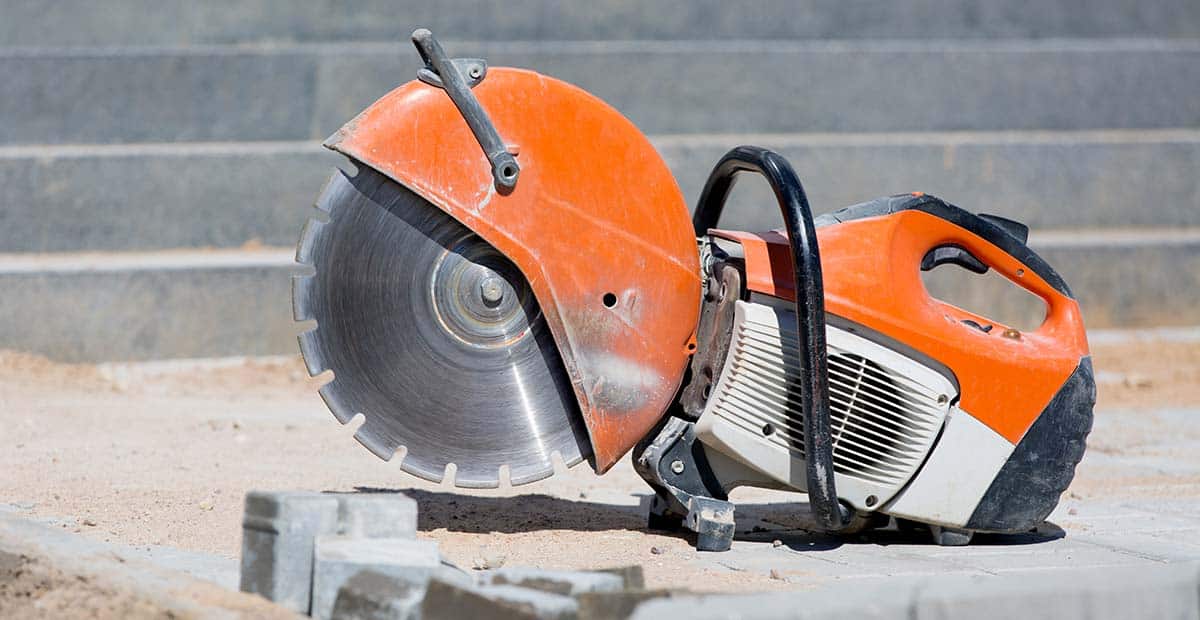
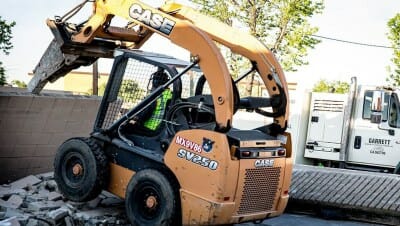
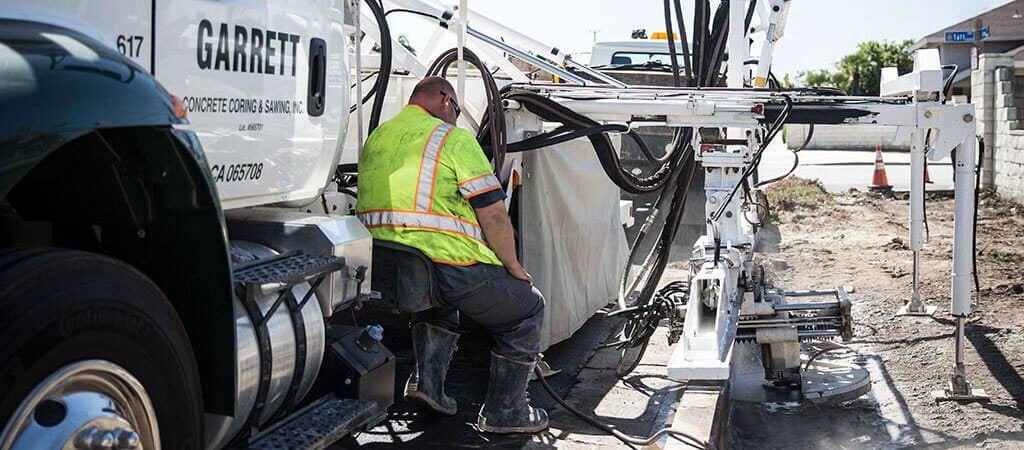
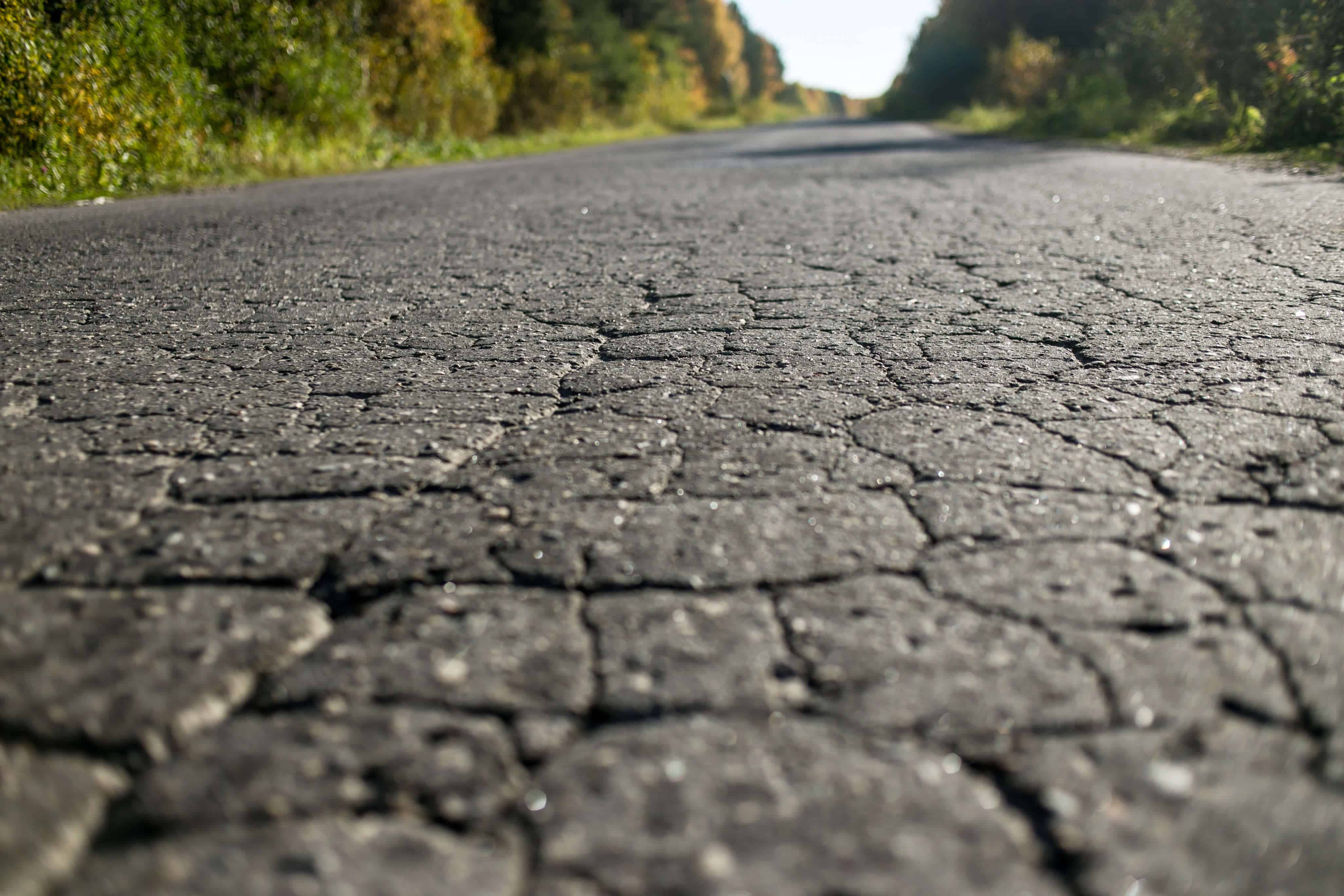
My husband has considered concrete cutting when we are going to start renovating our house in Florida, but I did not think that choosing a specific concrete saws would actually be helpful in order to avoid wasting time and money. There are a lot of things we need to set up when we rebuild our home, knowing what’s buried in the concrete along with paying attention to the saw blades will help us work on our dream house faster. We will really consider using trained personnel over while using safety precautions to ensure great results.
I thought it was interesting when you mentioned that cutting through concrete can be dangerous if you don’t know what is below the concrete. I imagine that some serious blades are required to cut through concrete. These safety tips you shared would be very helpful to anyone who works as a concrete cutter.
Thanks for informing me that if I’m going to have the concrete on my patio cut, a specialized saw must be used to make it as efficient as possible. I guess it’s going to be a safe bet if I hire someone to do this for me. This way, I can make sure that my patio will no longer be a tripping hazard to my children.